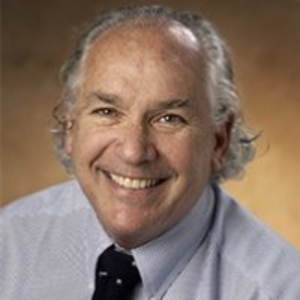Coronary Artery Embolism
Coronary artery embolism is an infrequent yet severe cardiovascular disorder characterized by the blockage of coronary arteries – vital vessels that supply blood to the heart muscle. Unlike typical coronary artery disease, where plaque accumulation is the primary culprit, embolisms in coronary arteries arise from the migration of emboli or clots originating from distant sites in the circulatory system. This sudden blockage disrupts blood flow to the heart, resulting in a heart attack. The symptoms of coronary artery embolism mirror those of a conventional heart attack, encompassing chest pain, shortness of breath, and fatigue. Due to its rarity, diagnosing coronary artery embolism poses a challenge, necessitating a comprehensive approach that involves clinical evaluation, imaging studies, and cardiac catheterization. Swift recognition and intervention are imperative for effective management, typically involving anticoagulant therapy and, in certain cases, mechanical interventions like catheter-based procedures.

Arthur J Siegel
Massachusetts General Hospital, United States
Sergey Suchkov
N. D. Zelinskii Institute for Organic Chemistry of the Russian Academy of Sciences, Russian Federation
Narendra Kumar
HeartbeatsZ Academy, United Kingdom
Arthur J Siegel
Massachusetts General Hospital, United States
Yong Xiao Wang
Albany Medical Center, United States
Narendra Kumar
HeartbeatsZ Academy, United Kingdom




Title : Investigating the long-term follow up of atrial septal device closures in wales and england: A comparative analysis with Major Adverse Cardiovascular Events (MACE)
Meera Gopinath, Cardiff University Medical School, United Kingdom
Title : An adult case of polysplenia syndrome associated with sinus node dysfunction
Apoorva Tripathi, Oxford University Hospitals, United Kingdom
Title : Personalized and precision medicine (PPM) as a unique healthcare model through biodesign-driven translational applications and cardiology-related healthcare marketing to secure the human healthcare and biosafety
Sergey Suchkov, N. D. Zelinskii Institute for Organic Chemistry of the Russian Academy of Sciences, Russian Federation
Title : Yasser’s criterion of inferior ST-segment discrepancy deviations in AF with aberrancy and Sgarbosa criteria - a new cardiovascular discovery and management - a case report
Yasser Mohammed Hassanain Elsayed, Egyptian Ministry of Health, Egypt
Title : Successful treatment of sinus of valsalva aneurysm
Aina Jarillo, Universidad Anahuac Mexico Norte, Mexico
Title : Metabolic and echocardiographic predictors of ventricular extrasystoles burden in non-ischemic patients
Ahmed Ahmed Mohamed Hassan, Al-Azhar Medical School, Egypt